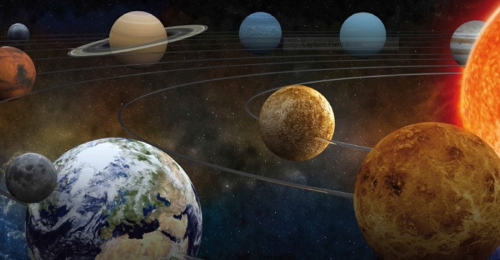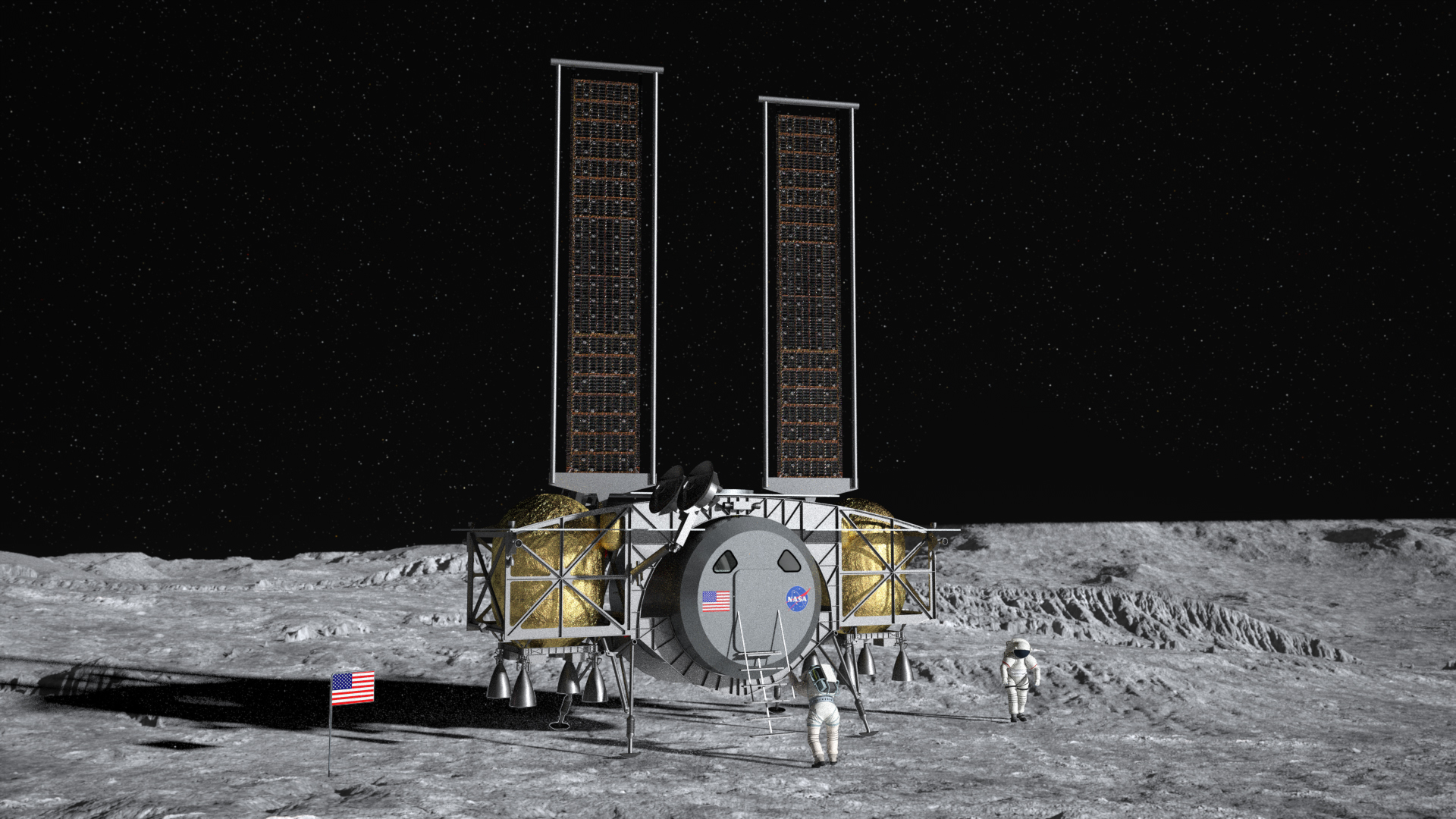To the Moon and beyond: the 21st century space race
Half a century after the first landing on the Moon, humans are preparing to retrace their footprints on the dusty surface of Earth’s satellite.
Since the Apollo 17 mission in 1972, which concluded manned visits to the Moon, space missions have focused on low Earth orbit flights and experiments in the International Space Station.
Today, a global race is under way to return humans to the lunar surface – a goal that the US, China, Europe and Russia have announced they plan to achieve between 2024 and 2030.
There are several reasons for this renewed space rush.
The unexpected discovery of water on the Moon in 2008 boosted its strategic importance as a platform for space exploration towards Mars and beyond.

Oxygen and hydrogen could be sourced from lunar ice to make rocket propellants, while other Moon resources like helium-3, an energy-producing isotope, could power future fusion rockets for the next step in the space race: sending people to Mars.
Permanent lunar colonies would also support the long-term observation of the Earth’s land surface, biosphere and atmosphere, improving scientists’ ability to predict climate, weather and natural hazards.
Named after Apollo's sister in Greek mythology, NASA’s Artemis programme aims to return crewed missions to the Moon in 2024 in partnership with private-sector companies.
The international consortium led by US tech specialist Dynetics is one of the teams that are competing in the initial design and development phase of Artemis’s Human Landing System.
The landing vehicle will enable astronauts to travel to the lunar surface, live and operate on the ground for up to one week and then return to the Moon’s orbit.

As the only European partner in the Dynetics consortium, Thales Alenia Space is in charge of designing the crew module, drawing from its extensive experience as one of the largest industrial suppliers to the International Space Station.
The crew module plays a key role in the project, since it will house and protect astronauts from the hazards of space flight such as radiation and micrometeorites – cosmic dust that travels 50 times faster than a rifle bullet.
As part of this one-of-a-kind programme, Thales Alenia Space has leveraged its long-standing expertise regarding orbital infrastructures and space exploration systems. The company has provided half of the International Space Station’s pressurised volume, and manufactures the pressurised cargo modules of the Cygnus cargo vessels that are dedicated to delivering essential supplies to the astronauts.
The company will apply its extensive know-how to designing comfortable living and working quarters that will lessen the stress of space travel on crews’ wellbeing.
Providing a comfortable, easy-to-operate environment
Thales Alenia Space’s technology will be able to accommodate many functionalities in a small volume while providing a comfortable, easy-to-operate environment for the crew. The design of the module will benefit from the ongoing partnership with Politecnico and the University of Turin, as well as the unique supply chain available in the territory, which have provided insights into the impact of space on different aspects of human health, including mental resilience.
While astronauts are accustomed to dealing with physical and mental discomfort for a few months, living in cramped conditions during multi-year missions to the Moon and beyond will require cutting-edge solutions.
“We are bringing our huge knowledge to help humans operate in space,” said Walter Cugno, Thales Alenia Space Vice President, Science and Exploration.
The Artemis missions are just one of the projects under way at Thales Alenia Space, which develops satellite-based systems, orbital infrastructures and re-entry vehicles that enable communications and help observe our planet and optimise its resources, as well as those of our solar system.
Harnessing the potential of artificial intelligence and big data, the technologies under development will support the pioneering aim of space exploration.
This is just the beginning of the journey. Venus, Mars, Saturn, Mercury, asteroids and comets…and now the Moon: Thales Alenia Space has always been part of the most iconic international space exploration missions across the solar system.


